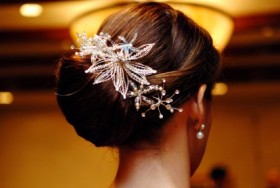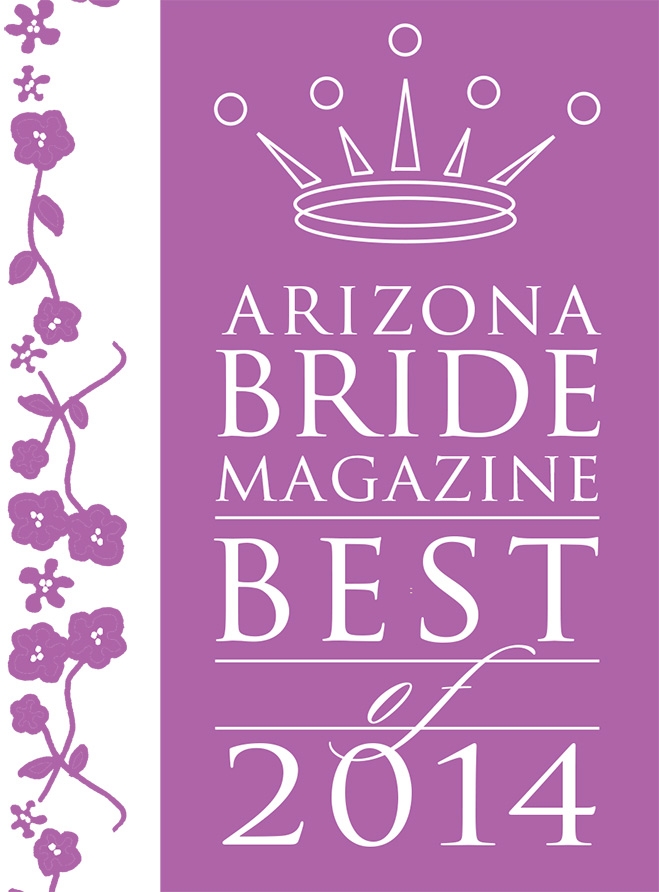Since the dawn of civilization, men and women have been captivated by silver’s spell and splendor. Throughout the ages this mystical white metal has been used to mark historical milestones, celebrations, achievements and special occasions.
No one knows with certainty when the first silver gift was bestowed. But as early as 3100 B.C., ambassadors from Crete were already bring silver vases as gifts for Egyptian rulers. The metal’s popularity has even influenced our languages and customs. A silver spoon has symbolized great fortune and privilege since the 17th century when the Spanish writer Cervantes cleverly acknowledged that not everyone was born with one in his mouth. The tradition of the “silver anniversary” dates back to Germany where it was customary to present a silver wreath to a women after 25 years of marriage.
Sterling Silver is a favorite medium for today’s most creative and innovative designers due to its affordability and malleability – it can be shaped into almost any form imaginable. A special gift of silver is a touch and lasting expression of affection, friendship, celebration, congratulation or thanks.
Defining the Elements –
Silver is an element that occurs naturally in the earth and is generally considered too soft in its pure form for practical use in jewelry, giftware or flatware. An alloy such as copper is usually added to make silver workable for jewelry.
Sterling Silver –
Sterling Silver is 92.5 percent (925 parts) pure silver and 7.5 percent (75 parts) alloy metal. Sterling Silver is the primary material used for silver jewelry. The silver content and quality of all silver jewelry and gift items must be accurately represented. The Federal Trade Commission (FTC) has established a set of stamps and markings to represent silver content and you should look for them when making a silver purchase.
Only jewelry that is at least 92.5 percent pure silver can be called or labeled “silver,” “solid Silver,” “sterling silver,” or “sterling”. If one of these terms is stamped on the silver jewelry you are purchasing then the piece meets the U.S. government standards. Sometimes, a piece will be stamped with “925,” “.925,” or “92.5.” These are also appropriate markings and they assure you that you are buying genuine sterling silver.
Vermeil –
Pronounced “vermay”, Vermeil is a French word describing sterling silver that has been electroplated with at least 100 millionths of an inch of karat gold.
Caring for your silver:
The beauty of sterling silver jewelry and gifts is part of this metal’s ageless appeal. Properly caring for your silver collection is a sure way to keep sterling looking its shining best.
As with any fine jewelry or gift item, each piece of sterling silver should be stored individually, either in its own soft pouch or in a separate compartment in a jewelry or storage box. If you toss your jewelry into a dresser drawer and allow pieces to rub against each other, scratches will result.
Keep your silver in a cool, dry place. Sterling Silver, like other precious metals, can oxidize with time. It is a good idea to store silver in a tarnish-proof cloth or in drawers lined with tarnish-resistant strips. If sterling does become tarnished, it is easily restored to its original gleam by using a paste, liquid polish, or a treated polishing cloth intended for use on silver. Or you may simply wash the jewelry or silver objects with warm water, rubbing in a little soap or toothpaste, rising and then patting dry with a fine soft cloth.
Avoid using tissue paper or paper towels as they can scratch silver. Your professional jeweler should be able to provide you with silver-cleaning materials as well as direction for proper use. The best way to prevent tarnish it to actually wear your sterling jewelry or use your items often. However, don’t wear sterling silver in chlorinated water or when working with household cleaners such as bleach or ammonia. Treat your silver well and it will actually develop a lush patina and will reward you with a lustrous look.














Stay in Touch